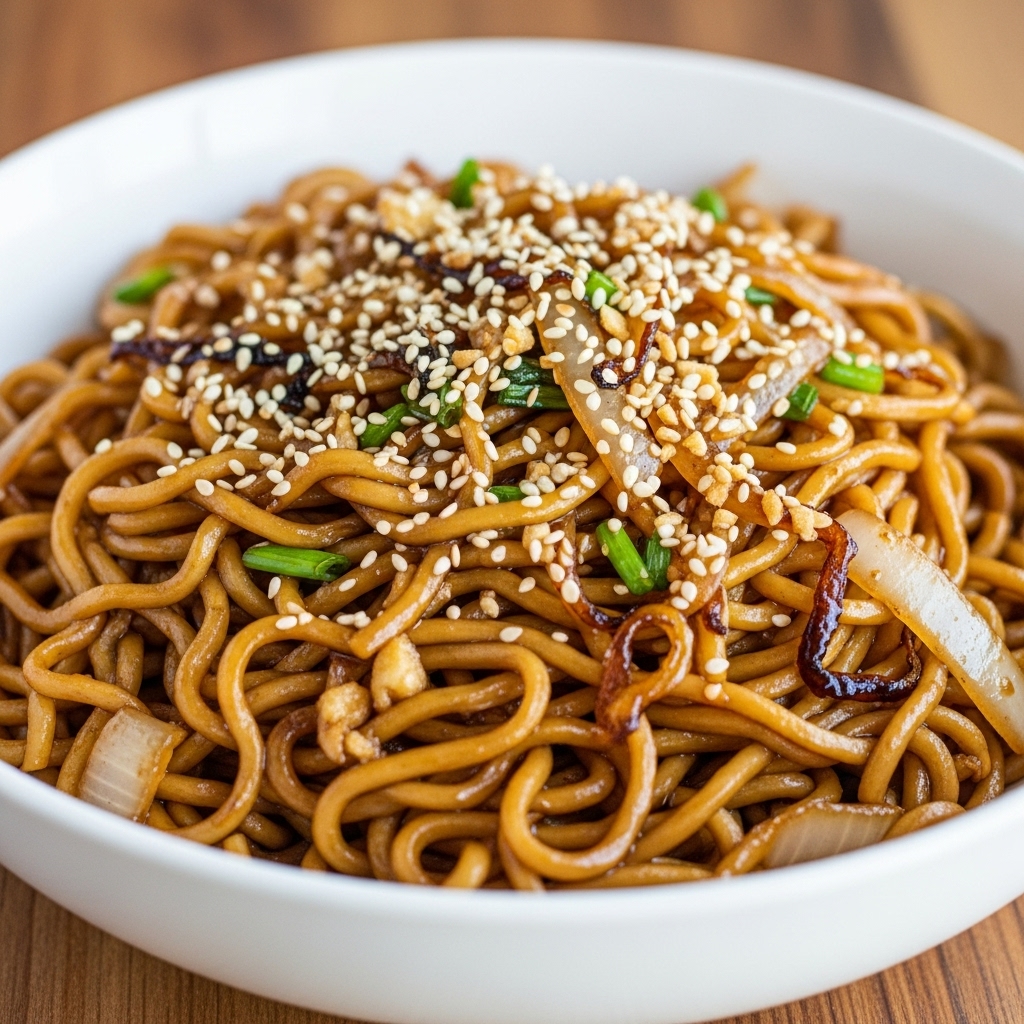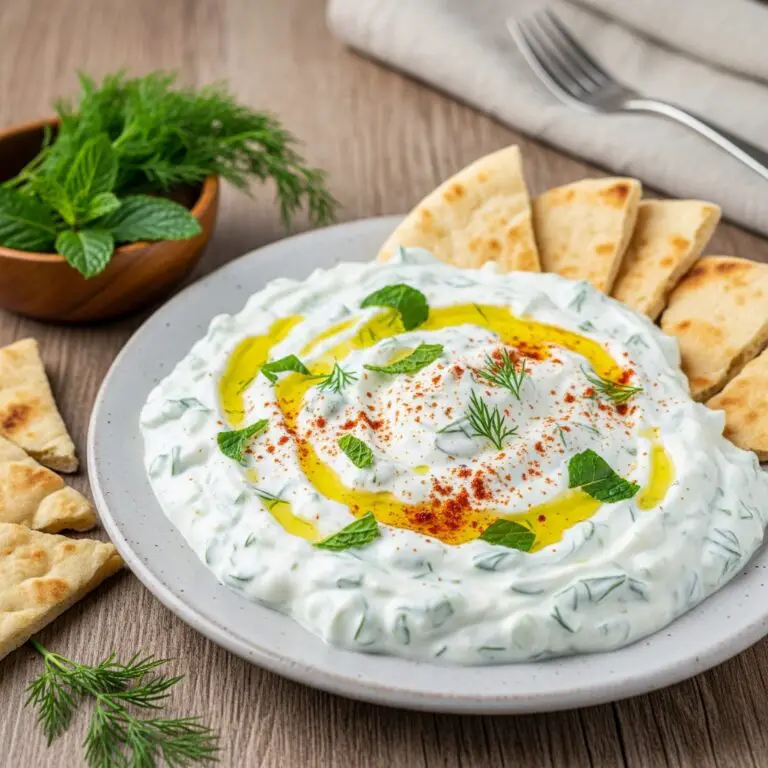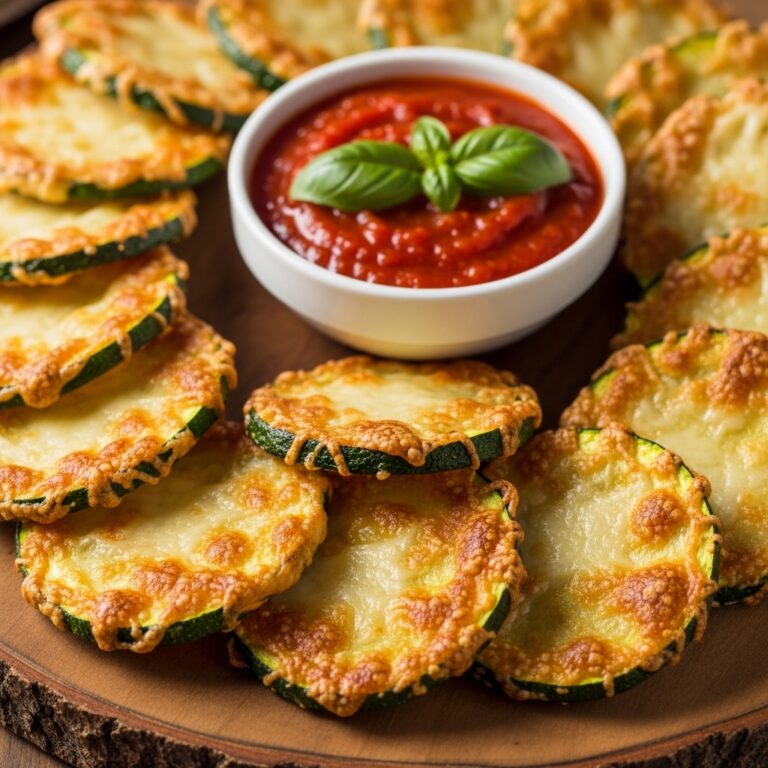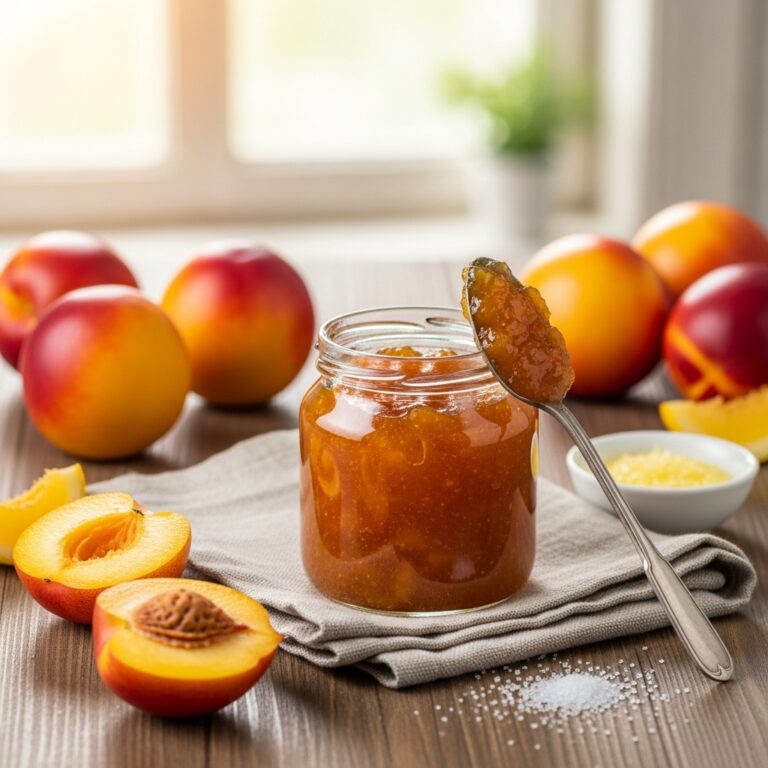Hibachi Noodles Recipe
The Ultimate Dinner Dilemma Solver: Hibachi Noodles (Quick and Easy Japanese Stir-Fried Noodles)
I still remember the first time I attempted to host a quick dinner gathering for friends after work. I was excited but overwhelmed, darting around my tiny kitchen, trying to piece together a meal that would impress, yet not consume my entire evening. As the clock ticked away, I felt more and more frantic. That was until I stumbled upon a simple yet delicious recipe for Hibachi Noodles that would change my cooking game forever.

These noodles are a revelation, a perfect blend of buttery richness and umami flavors that come together in less than 20 minutes. With a few pantry staples and some quick prep, I could create a restaurant-quality dish that had my friends raving and me actually enjoying my own party. Now, whenever I’m faced with a dinner dilemma, these Hibachi Noodles are my go-to solution.

Why These Are Hibachi Noodles Gold
– Speedy Satisfaction: Ready in just 15 minutes, these noodles save you from the dinner chaos and give you more time to relax with your guests.
– All About the Butter: The buttery base makes every bite rich and decadent, making you look like a culinary rock star without the fuss.
– Flexibility: Adaptable to whatever veggies or proteins you have on hand, these noodles are perfect for using up leftovers or customizing to taste.
– One-Pan Wonder: With everything cooked in one skillet, cleanup is a breeze, allowing you to soak in the evening without worrying about a messy kitchen.
I remember my friend Sarah, who is always the hostess with the mostess, shared her secret about these noodles during a casual dinner party. “They’re my go-to when I want to impress without stressing!” she said, and I could see why. It’s a dish that seamlessly balances flavor and convenience, making it an instant classic.
Essential Components
To create that scrumptious, stir-fried goodness, here’s what you’ll need:
– Noodles: 7 ounces of dry noodles or linguine. These are the backbone of the dish, soaking up all the delicious flavors.
– Soy Sauce: 2 tablespoons to provide the essential savory kick. It’s the umami flavor that elevates this dish from simple to sublime.
– Teriyaki Sauce: 1 tablespoon adds a delightful sweetness and depth.
– Brown Sugar: 2 tablespoons give that perfect hint of caramelization, enhancing the overall flavor profile.
– Mirin: 1 tablespoon brings a subtle tang; it’s a secret weapon for depth.
– Butter: 3 tablespoons, the heart of the dish, lending richness and fabulous flavor.
– Sesame Oil: 1 tablespoon to introduce a nutty aroma.
– Onions, Ginger & Garlic: These aromatics are the flavor trifecta that create a fragrant base for the noodles.
– Salt & Pepper: Just enough for seasoning, ensuring the flavors pop.
– White Sesame Seeds: 2 teaspoons for garnish—because we eat with our eyes first!
Note: You’ll find the complete list of ingredients, along with their exact measurements, in the printable recipe card at the bottom of this post.
Creating Hibachi Noodles Magic
Let’s get cooking! Follow these simple steps to whip up your Hibachi Noodles:
1. Cook the Noodles: Bring a pot of salted water to a boil and cook your noodles according to the package instructions until al dente. Trust me, overcooking them will lead to a soggy dish—no one wants that! For a quicker process, you can cook the noodles in advance, drain them, and toss them in a bit of oil to keep them from sticking together.
2. Make the Sauce: While your noodles are cooking, stir together the soy sauce, teriyaki sauce, brown sugar, and mirin in a bowl. This flavorful concoction will coat your noodles beautifully.
3. Stir Fry the Noodles: In a large skillet or wok, heat the butter and sesame oil over high heat until bubbly. The sizzle is music to your ears!
4. Add Aromatics: Toss in the chopped onions, minced ginger, and garlic, sautéing for about 2-3 minutes until they are lightly browned and fragrant. Your kitchen will smell heavenly!
5. Combine and Coat: Add the sauce mixture and cooked noodles to the skillet, tossing everything to ensure every noodle is coated in that luscious sauce.
6. Season: Sprinkle in salt and ground pepper, mixing well. Taste and adjust the seasoning as needed—maybe you want it a bit sweeter or saltier? It’s your dish!
7. Garnish and Serve: Finish by sprinkling sesame seeds on top and serve immediately. Gather everyone around—this dish is best enjoyed hot!
Insights & Why It Works
What makes these Hibachi Noodles a game-changer is not just the delightful flavor but also the method. The one-pan technique means minimal cleanup—an absolute win when you’re hosting. You can easily switch up the ingredients based on what you have at home or what’s in season, making it a versatile recipe that adapts to your needs.
The combination of butter and sesame oil is another secret to this dish’s unique taste; it creates that signature richness found in authentic hibachi cooking. Plus, the sweetness from the brown sugar balances the savory sauces beautifully, making it a crowd-pleaser.
One lesson I learned while perfecting this dish was to really pay attention to the heat. You want everything to cook quickly without burning. It took me a few tries to find that balance, but once I did, the noodles became a staple in my entertaining arsenal.
Perfect Dinner Presentation
To elevate your Hibachi Noodles, consider serving them in deep bowls to showcase the beautiful colors and textures. Garnish with chopped green onions or a sprinkle of fresh cilantro for a pop of color. Pair them with grilled chicken or shrimp for protein, and consider a side of steamed vegetables or a light salad dressed in a citrus vinaigrette to round out the meal.
Creative Variations
This recipe is wonderfully adaptable, allowing you to play around with different flavors:
– Spicy Kick: Add a teaspoon of chili flakes or a dash of sriracha for a spicy twist.
– Veggie Loaded: Toss in some stir-fried broccoli, bell peppers, or snap peas to increase the freshness and nutrition.
– Protein Power: Include shredded rotisserie chicken, tofu, or shrimp for added protein.
– Noodle Swap: Try this with soba noodles or rice noodles for a different texture.
– Herb Infusion: Experiment with fresh herbs like basil or mint for a unique flavor.
Make-Ahead Magic
The beauty of Hibachi Noodles lies in their make-ahead potential. You can cook the noodles in advance and store them in an airtight container in the fridge for up to four days. Simply follow the cooking instructions up until the stir-frying step, and when you’re ready to serve, heat the oil in your skillet, toss in the noodles, and add your sauce mixture. This makes for a stress-free dinner, reducing the time you need to spend in the kitchen while your guests are arriving.
Hibachi Noodles Success Tips
– Don’t Overcook the Noodles: Keep them al dente for the best texture.
– Mind the Heat: Make sure your skillet is hot before adding the ingredients for that perfect stir-fry.
– Season to Taste: Always taste your dish before serving to adjust the seasoning as needed.
– Use Fresh Aromatics: Fresh garlic and ginger make a world of difference in flavor.
Final Thoughts
Reflecting back on that first frantic dinner gathering, I’m so grateful to have discovered Hibachi Noodles. They’ve transformed my entertaining experience from stressful to seamless, allowing me to focus on what truly matters—connecting with friends and family over delicious food. So, whether you’re hosting a casual dinner or simply want a comforting meal, these noodles will make you look effortlessly competent. I can’t wait for you to try them!
Frequently Asked Questions
Can I make these noodles the night before?
Absolutely! Cook the noodles, toss them in oil, and store them in the refrigerator. Reheat them in a skillet with a bit of extra butter before serving.
How do I prevent the noodles from sticking?
Tossing the cooked noodles in a little oil right after draining helps prevent sticking, and reheating in oil will help loosen them up too.
Can I use a different type of noodle?
Yes! Feel free to substitute with soba noodles, rice noodles, or even spaghetti for a different twist.
What can I do if I don’t have mirin?
You can substitute mirin with rice vinegar or a splash of white vinegar for a similar tangy flavor.
Can I make this vegan?
Certainly! Just swap out the butter for vegan butter and omit any animal proteins for a delicious vegan dish.






